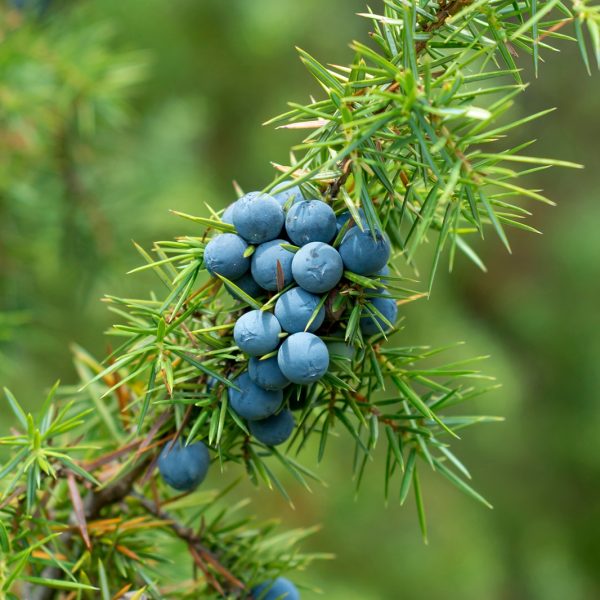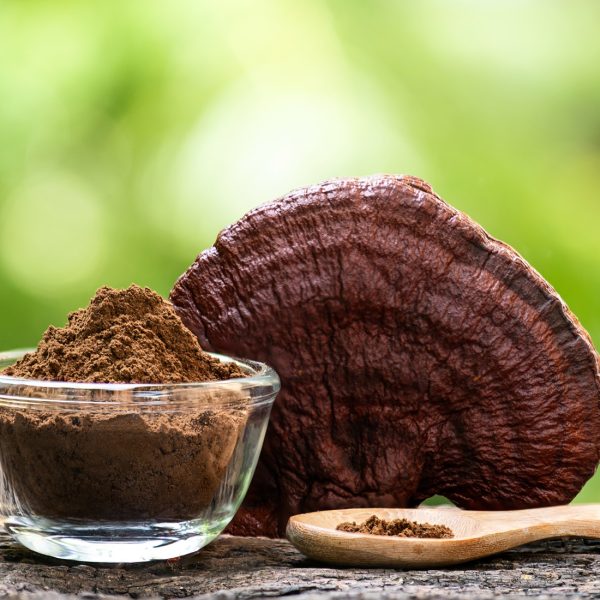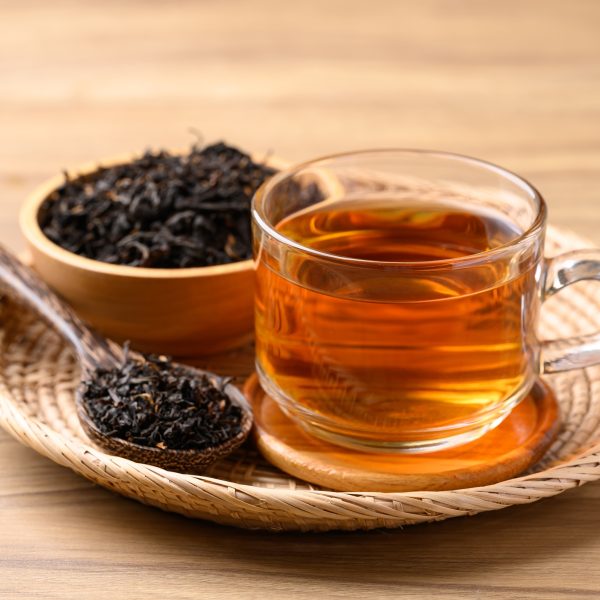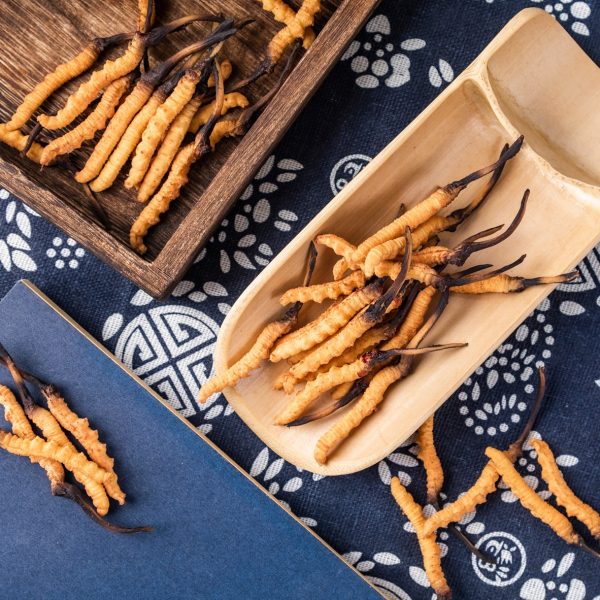Millions of people suffer from cold and flu every year. But what are the symptoms behind these viral infections and how can herbal treatment strategies help you to overcome them?
Understanding Cold and flu

Cold and flu are viral infections that attack the respiratory system, most commonly resulting in a congested nose and chest, sore throat and headaches. Flu is caused by strains of the influenza virus and is characterised by more severe and enduring symptoms. Between three and five million people every year are affected by cold and flu.
The 20th century saw three flu pandemics around the world which killed tens of millions of people. Severe symptoms are uncommon and occur at a rate of less than 0.1%, but everyone will experience the symptoms of the common cold or flu at some point in their life. Cold and flu can strike out of nowhere but, in Europe, they are most common at the change of the seasons and temperature from Autumn through to Spring.
Understanding the root
The primary way in which cold or flu is contracted is passing from person to person or traveling through the air after sneezing. Prevention should begin before the start of the typical cold and flu season, through building up the strength of the immune system but also improving digestive performance. An inefficient digestion can lead to an increased burden on back-up immune defences. Typical dietary culprits are excessive sweet and fatty foods and not allowing enough time between meals for efficient digestion.
Signs and symptoms
Colds and flu, however mild, can make you feel weak, tired and low though symptoms will vary depending upon the severity of the infection. These can include an increase in body temperature, you can feel chilly, have a sore throat, body stiffness, muscle aches and pains, headaches, disturbed digestion, unusual bowel habits, lack of appetite, fatigue, blocked nose, sneezing, nausea, watery eyes and mental restlessness.
These symptoms are often a positive sign, that you are fighting off the virus. During an infection, the immune system produces chemicals known as cytokines that induce a healing inflammatory response (which brings in more circulation and defensive white blood cells) but which are also associated with headaches and muscular pain.
Herbal solutions
Herbs for fever management
Herbs that increase sweating in fevers include fresh ginger, peppermint, yarrow and elderflowers.

Bitter herbs
These were classed as ‘cooling’ mainly because they reduce feverish symptoms, and may actually edge the temperature down. They are particularly effective for fevers due to gastrointestinal infections but are likely to be useful to manage severe colds and flu as well. Andrographis is a strong and bitter herb that stimulates the digestion and also the immune system. Andrographis has been shown to increase the white blood cell count and help the body fight infections.
Use strong digestive herbs to promote better digestive performance, such as fennel or triphala.
Andrographis
Andrographis is an immunostimulant and an immunomodulator. It increases the production of surface antibodies (esp IgAs) in addition to enhancing the specific and non-specific immune response. Andrographis, therefore has the ability to reduce the severity and duration of an infection. It has a proven track record in treating influenza, upper respiratory tract infections, sore throats and parasitic infections of the gastrointestinal tract.
Trikatu
Trikatu is a rejuvenative to the lungs, it is used whenever there is coughing, wheezing and breathing difficulties with clear, sticky and white phlegm. It is used in asthma, bronchitis, pneumonia, cough and colds. It is effective for sinus congestion and chronic nasal blockage. Trikatu has an affinity for all the orifices of the head, clearing that muzzy-headed feeling and can help clear blocked ears and treat sore throats.
Elderberries
Elderberries have a strong affinity for the respiratory system and encourage the process of expectoration reducing acute and chronic mucous congestion. Elderberries are incredibly soothing and will coat the mucous membranes, alleviating sore throats and irritating coughs. Elderberries have also been shown to neutralise the neuraminidase enzyme and prevent viral proliferation in the respiratory mucous membranes, neutralising 10 strains of flu virus.
Echinacea
Echinacea is considered as one of the primary remedies for assisting the body in clearing infection and strengthening the overall efficiency of the immune system. Echinacea reduces the severity and duration of symptoms, whilst also helping the body to deal with infection and stimulate the immune response. It will effectively target microbial, bacterial and viral infections throughout the body, but has a specific focus within the upper respiratory system and in conditions such as cold and flu, tonsillitis and laryngitis.
Holistic solutions

Fasting
When afflicted by cold and flu, the majority of people feel too ill to eat anyway, but fasting can help to clear the digestive tract and any extra pressure on the immune defences. Taking a liquid diet of vegetable broths or just hot ginger water can stimulate digestive performance.
Fever management
Fever is a healthy mechanism, to raise body temperature so as to activate innate immune defences. Fever management is about allowing this to happen while stopping the temperature getting dangerously high. While you are feverish you are also likely to sweat more profusely to keep cool; some herbs were used as traditional ‘diaphoretics’ to encourage this fever response. They dilate the blood vessels, open up the circulation, and through the increased sweat help to keep the body temperature at its healthiest level to combat the virus. Herbs that increase sweating in fevers include fresh ginger, peppermint, yarrow and elderflowers.
Detoxification
By mildly stimulating the bowel and encouraging a digestive cleanse, any built up congestion within the digestive tract will clear, helping to re-balance the digestive metabolism.
Rebuild digestion
Follow with a preventative regime that will reduce the chances of a re-occurrence. Use strong digestive herbs to promote better digestive performance, such as fennel or triphala.
Nourishing and rejuvenating diet
Return to a nourishing and wholesome diet to keep the digestive tract healthy.
References
- Caceres J, et al. Prevention of common colds with Andrographis paniculata dried extract: A pilot double-blind trial. Phytomedicine 1997;4(2):101-104
- Cannell, J; Vieth R, Umhau J, Holick M, Grant W, Madronich S, Garland C, Giovannucci E (2006). “Epidemic influenza and vitamin D”. Epidemiol Infect 134 (6): 1129–40.
- Eccles, R (2005). “Understanding the symptoms of the common cold and influenza”. Lancet Infect Dis 5 (11): 718–25.
- Kligler B, Ulbricht C, Basch E, Kirkwood CD, Abrams TR, Miranda M, Singh Khalsa KP, Giles M, Boon H, Woods J. Andrographis paniculata for the treatment of upper respiratory infection: a systematic review by the natural standard research collaboration. Explore (NY). 2006 Jan;2(1):25-9. Review.
- Potter, CW (Oct 2006). “A History of Influenza”. J Appl Microbiol. 91 (4): 572–579.
- WHO, Influenza , Fact sheet N°211 revised March 2003.































